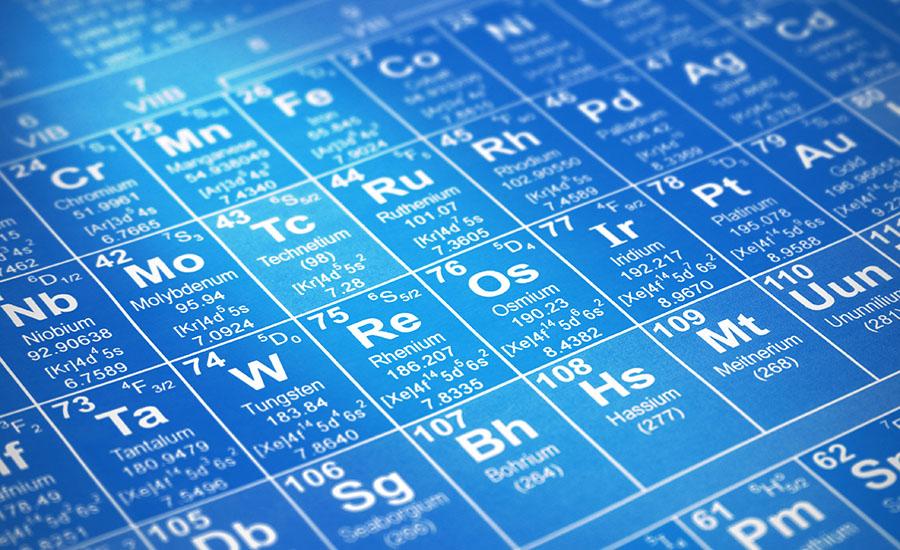
Crawling Carbon Sugar: A Combustion and Dehydration Investigation of Chemical Reactions
This lesson discusses and gives you a more in-depth understanding of the relationship of particles that are held together by a certain amount of energy. The energy is required to break bonds and the energy released when chemical bonds are formed. This also explains two chemical processes, the exothermic or endothermic reaction that is based on whether they give off or absorb energy, respectively.
Overall, this lesson analyzes and interprets data on the properties of substances before and after the substances interact to determine if a chemical reaction has occurred. Moreover, it allows students to engage in argument as entropy changes from evidence of the net change of energy in a system.
Students are expected to:
Design and conduct an investigation about chemical reactions.
To know the science behind, and be acquainted with, natural and artificial
occurrences of chemical changes.
To understand the differences between endothermic and exothermic reactions.
To understand combustion, dehydration, and energy.
Lesson Plan Link/URL
https://docs.google.com/presentation/d/1iJmtG15YU0ok0zevv-5jxJJnWtwIqxn2/edit?u…Subject Area
Science Physical Science P1: Matter P4: Energy Transfer Technology 3. Knowledge Constructor 6. Creative Communicator English Language Arts (ELA) Reading (Literature) Writing Speaking & ListeningRelated Content

After learning about emission spectra, electron energy levels, orbitals and configurations, and periodic trends for atomic radius and ionization energy; this is concluding activity that require

I use this egg drop/crash lesson as an introduction to Energy and Energy Transfer in physics. Students understand basic kinematics, but I generally conduct this lesson before projectile motion, but it

More VR integration in the classroom, oh my! This is the second lesson of a two-day exploration of chain reactions. On day one, students received a general overview of chain reactions, Rube Goldberg